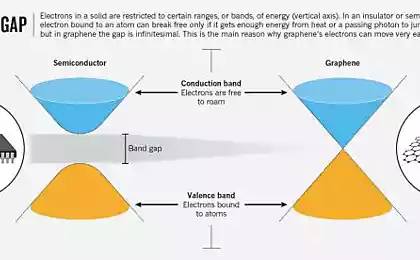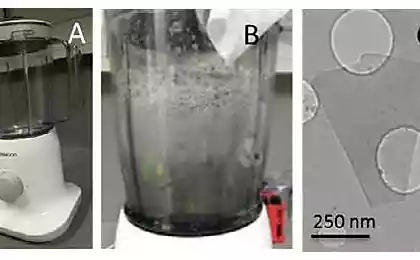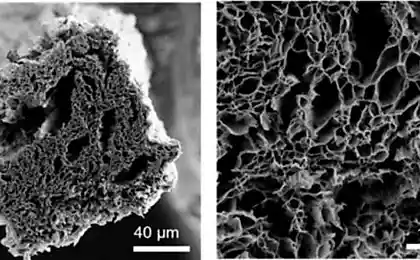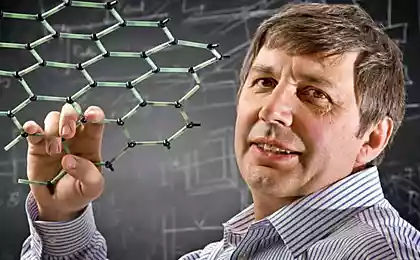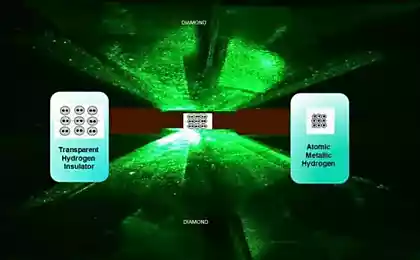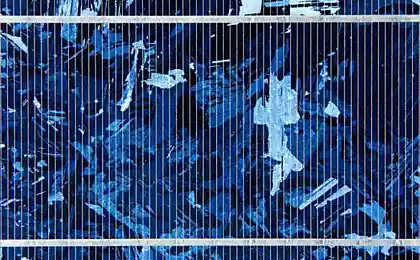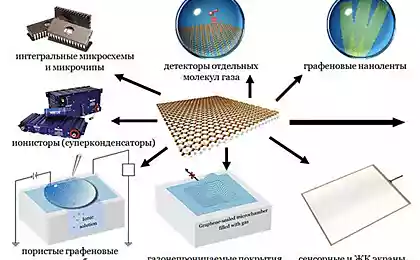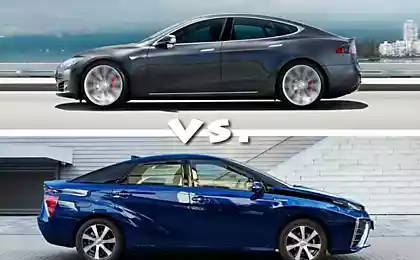1393
Physicists have discovered a revolutionary way to produce hydrogen from the air using graphene
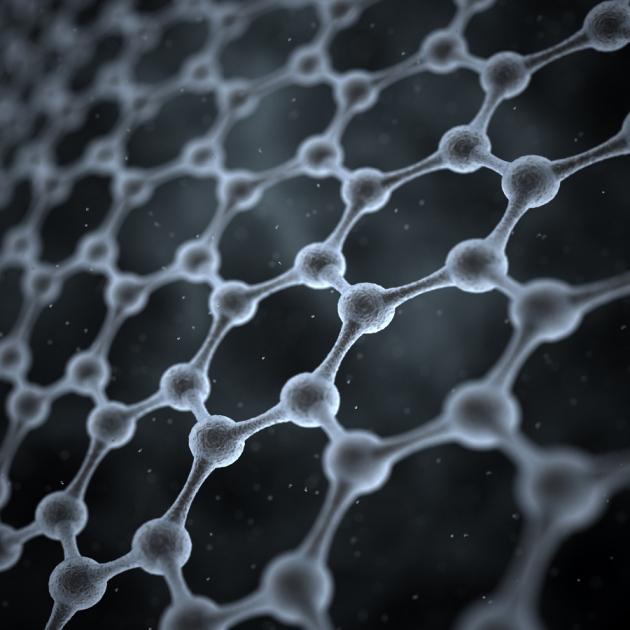
Andre Geim and his team of physicists found a new revolutionary way to produce hydrogen from the air by means of a graph - this сообщает journal Nature was found that under certain conditions graphene passes positively charged hydrogen ions (ie protons), and holds virtually everything else. In fact, the graphene can be used as a membrane for filtration of hydrogen atoms. By combining this technology with hydrogen fuel cells , you can get an eco-friendly source of energy that will be a breakthrough comparable with the splitting of the nucleus. Marcelo Lozada Hidalgo colleague Heim Research, said in comments to their work: "We are extremely pleased by the result of the study, because it opens up new possibilities for applications of graphene in the areas of" green "energy and technologies based on the use of hydrogen".
Andre Geim and Konstantin Novoselov, both graduates of MIPT, were awarded the Nobel Prize in 2010 for his discovery of graphene - a two-dimensional crystalline form of carbon in which the atoms are arranged in a single layer, which is several times stronger than steel. Because of its good current carrying, and the ability to delay any gases and liquids, it can potentially be used to create corrosion protection coating or an impermeable package. Knowing these properties of graphene, physicists decided to see how it interacts with the hydrogen atoms. It was found that at elevated temperatures and in the presence of platinum as the catalyst, a fairly freely passes graphene positively charged hydrogen ions.
A material with such characteristics could be used in future fuel cells. Existing cell using hydrogen and oxygen, extracting electrical energy from their interaction. The electrons create a current, while protons go through the membranes. Modern membrane (eg Nafion from - a polymer-based Teflon passes ions and resistant to chemical attack) is not 100% cope with the task. Firstly, they have a thickness of several micrometers and proton flux through them is not as powerful as we would like. Secondly, they do not completely protect against hydrogen leakage. Durable and simultaneously thin material that passes only protons, decided to two problems at once. The same material may in the potential to produce hydrogen from water or air inexpensively. Heim says, "this assumption - but in the days before our work it would be science fiction."
Source: geektimes.ru/post/242088/
As the history of Danish children showed igrostroya
It's not that life is unfair - it you have the wrong conception of justice

